코재수술 Before and After Photos of Revision Rhinoplasty with Autologous Rib Ca…
페이지 정보
작성자 코원성형외과 댓글 0건 조회 6,047회 작성일본문
Hello, this is Dr. Kim Hyung-taek from Kowon Plastic Surgery Clinic.
Today, I’d like to introduce a case of revision rhinoplasty using rib cartilage.
This patient had undergone rhinoplasty five years ago with silicone and septal cartilage.
About a year later, they developed contracture, causing the nose to shorten and the tip to appear lifted, leading to an unnatural appearance.
As shown in the photos, the nasal tip is very short and elevated, making the face look quite awkward.
The causes of contracture are varied, but it often arises because the body reacts to the foreign material (silicone) used in the surgery.
The body’s rejection response can differ from person to person, making it difficult to predict or prevent contracture before surgery.
However, it’s advisable to avoid using excessive foreign materials to minimize the risk of rejection.
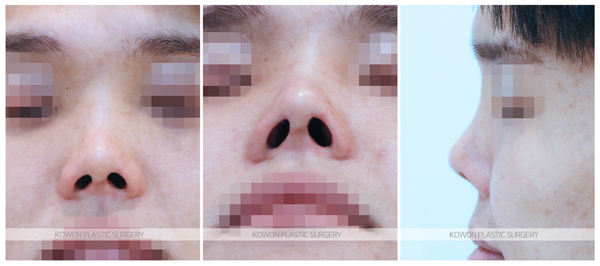
Given the severe contracture with the silicone implant, we recommended using autologous tissue.
In cases of rejection to artificial implants, the two primary options are autologous rib cartilage or donor rib cartilage.
Autologous rib cartilage is taken from the patient’s own rib, while donor rib cartilage comes from a deceased donor and is specially processed.
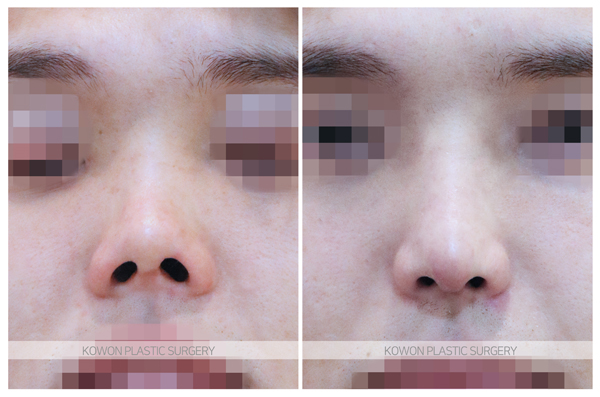
Before surgery, the nose had a slight curvature and a deviated septum, which also contributed to nasal congestion.
We corrected the deviation and released the hardened tissue to lengthen the nose and achieve a more natural shape.
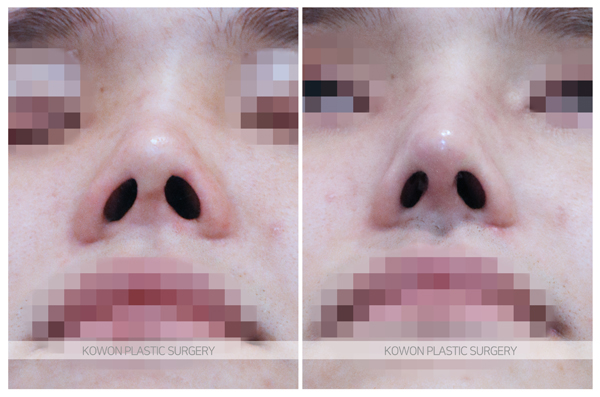
From the base view, the curvature has been corrected, and the nasal tip has been successfully elevated.
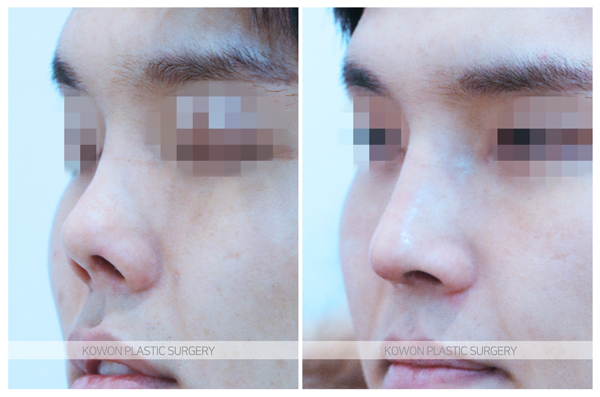
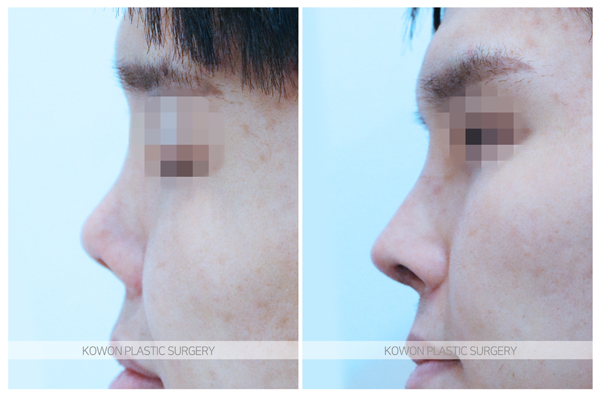
From the 45-degree angle and side view, the nasal tip is now properly aligned, and the previous elevated appearance has been corrected.
The nasal tip now blends seamlessly with the rest of the nose, and the nasolabial angle has stabilized.
Contrary to the common belief that rib cartilage surgery requires general anesthesia, we perform rib cartilage harvesting under sedation with a very short procedure time.
The incision site typically leaves a small scar of about 2 cm, but it’s usually well-hidden under clothing, so scarring is generally not a significant concern.
댓글목록
등록된 댓글이 없습니다.











